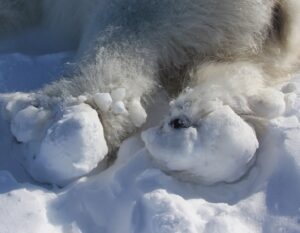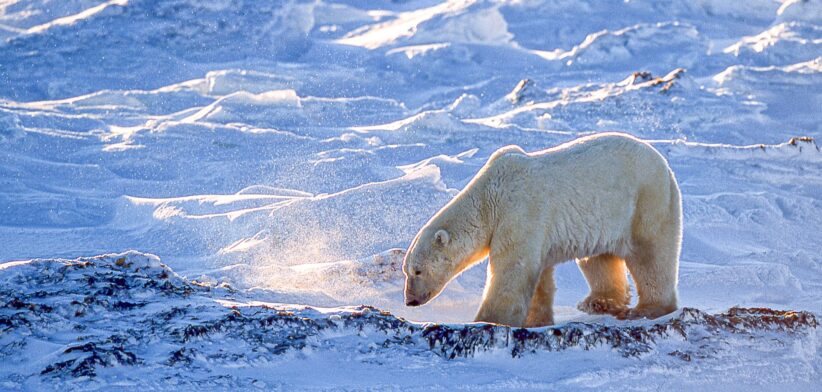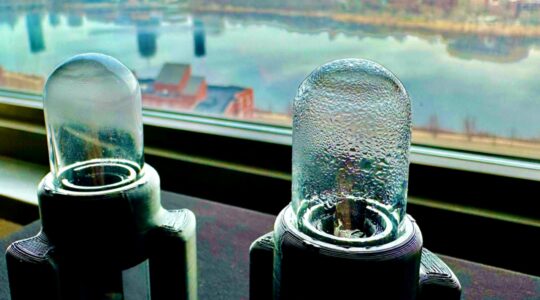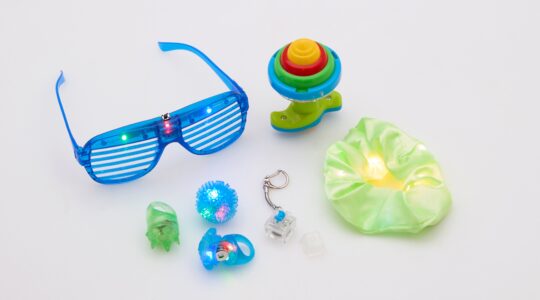More frequent thawing and refreezing in the Arctic, brought about by climate change, is leading to significant injuries to polar bears.
Scientists from the University of Washington found the animals in some parts of the high Arctic were developing ice buildup and related injuries to their feet, making it painful for them to walk.
Study lead author Professor Kristin Laidre said while surveying the health of two polar bear populations, researchers found lacerations, hair loss, ice buildup and skin ulcerations primarily affecting the feet of adult bears.
“Two bears had ice blocks up to 1 foot (30 centimeters) in diameter stuck to their foot pads, which caused deep, bleeding cuts and made it difficult for them to walk,” Professor Laidre said.
She said the shift from a climate that used to remain well below freezing to one with freeze–thaw cycles could be causing ice buildup and injuries.
“In addition to the anticipated responses to climate change for polar bears, there are going to be other, unexpected responses.
“As strange as it sounds, with climate warming there are more frequent freeze-thaw cycles with more wet snow, and this leads to ice buildup on polar bears’ paws.”
Professor Laidre said between 2012 and 2022, the team studied two populations of polar bears living above 70 degrees north latitude.
She said in the Kane Basin population, located between Canada and Greenland, 31 of 61 polar bears showed evidence of icing-related injuries, such as hairless patches, cuts or scarring and in the second population in East Greenland, 15 of 124 polar bears had similar injuries.
“Two Greenland bears at separate locations in 2022 had massive ice balls stuck to their feet.
“I’d never seen that before. The two most-affected bears couldn’t run — they couldn’t even walk very easily.
“When immobilizing them for research, we very carefully removed the ice balls. The chunks of ice weren’t just caught up in the hair. They were sealed to the skin, and when you palpated the feet it was apparent that the bears were in pain.”
She said researchers had studied these two polar bear populations since the 1990s, but hadn’t reported these types of injuries before.
Read the full study: Icing-related injuries in polar bears (Ursus maritimus) at high latitudes.









